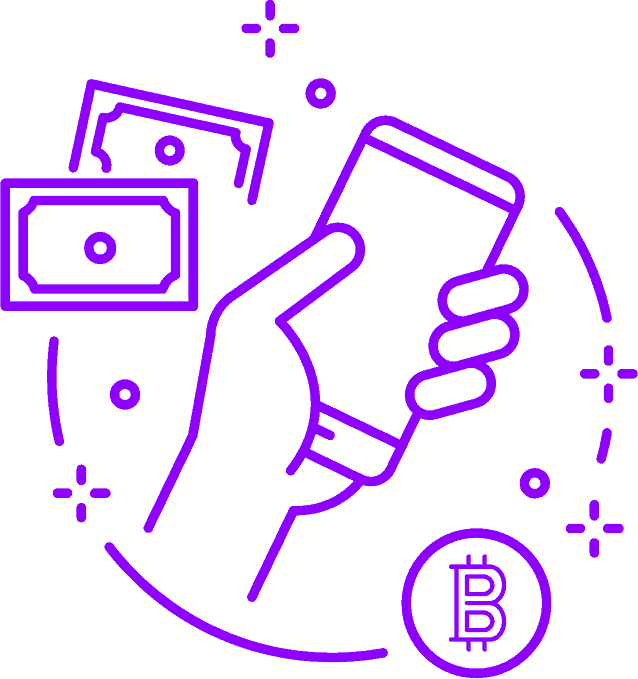Introduction

This is part of our December 2020 report into:
The Unstoppable Rise of Digital Assets
Executive Summary
The crypto market of 2020 is not the crypto market of 2013. What was once a cryptocurrency market is now a digital asset market. Blockchain’s strengths in efficiently and transparently tracking assets have given birth to an industry of assets represented by tokens, allowing both a new class of investors to have exposure to these commodities and a those that have access to assets to tokenize them to generate a new category of liquidity.
This report finds that the digital asset market has a value of nearly US$20 billion, the majority of which are tokenized currency (stablecoins). While other assets exist such as energy, gold, and commodities, the market size and liquidity is nowhere comparable to that of stablecoins. In addition, regulatory alignment around security token issuance isn’t quite consistent yet: a patchwork of rules and regulations about whom can issue tokens and who can invest in tokens (accredited vs. non-accredited investors) has chilled market potential. Lastly, some commodity types, such as real estate, have a myriad of rules and regulations that would prevent the issuance of fractionalized ownership. Thus, many projects in the space are illiquid.
Despite this challenge, the industry is building out infrastructure to make itself institutional-grade. Some exchanges use the same software engines used by those in the world’s financial capitals. Favorable regulatory changes, such as the creation of a regulated custodian industry, have buoyed investor interest.
Tokenized Assets
vs Digital Assets
vs DeFi

While the terms digital assets, tokenized assets and cryptocurrencies are often used interchangeably, it’s important to outline the exact meanings of these terms.
Tokenized asset:
A blockchain token that represents a physical, tradeable asset/commodity.
Digital asset:
An asset recorded on the blockchain or a digital ledger via a token that is secured by a cryptographic key. A digital asset can be a cryptocurrency or a token that represents another asset.
DeFi:
Decentralized finance refers to dApps that, through smart contracts, build liquidity in the cryptocurrency market via credit and leverage. While there are tokens from DeFi projects, they do not (yet) represent a digital asset due to their extreme volatility.
Introduction
A decade or so back, digital assets didn’t exist, at least not by that name. Bitcoin was invented back in 2008 amid the global financial crisis and shortly after a nascent cryptocurrencies market emerged. It experienced the type of teething problems typical for markets in their infancy – little or no regulation, little risk management, unreliable custodians, high volatility and no shortage of scams.
The market evolved with hiccups and missteps along the way. Quite often, initial coin offerings (ICOs) – unregulated fundraising for a new cryptocurrency ventures – proved to be fraudulent, doing little for the image of the market. Trust was low, confidence was low; it wasn’t just risky for investors, it was perilous. During the period, billions of dollars were lost to various forms of cyber-crime. The market was there, but proper oversight was needed.
Luckily, the financial services sector transformed. Since the financial crisis of 2008, the digitalization of all aspects of the sector, notably through the use of cloud, big data analytics, blockchain and artificial intelligence, has impacted the lives of everyone – often without them being aware of it. Both the benefits and the level of digital usage have become very apparent this year during the pandemic.
After several years seemingly kicking the crypto-can down the road, regulators started to pay more serious attention to cryptocurrencies and digital assets. If there was one single trigger that made the regulators sit up, it was Facebook’s launch of Libra, its own digital currency, in June 2019. Its scale and reach obliged the regulators to act in order to protect investors, a move welcomed by serious players in the digital assets market.
The past two to three years have seen some consolidation in the market. Moves by regulators across different jurisdictions to bring the sector under their authority is smoothing out some of the rough edges, imposing processes and compliance, and making the sector a safer one for retail investors. Its has helped grow confidence and build trust. It also means that institutional investors can now more readily get access to digital assets.
Worldwide digital assets under management (AUM) now total close to US$20 billion, a tiny fraction of global AUM for all asset classes which topped US$100 trillion by the end of 2019, but a rapidly growing one in terms of size and returns. In the current low-yield environment, for those with more risk appetite and seeking a more varied portfolio, digital assets tick many of the boxes.
Alongside the growth of digital assets have been the growth of digital asset exchanges and digital asset custodian services. For the market to grow, the marketplace needs to provide absolute reliability, security, liquidity and transparency, along with a great user experience, in order to earn the trust and confidence of its various stakeholders.
This is where digital asset exchanges come in. This report will illustrate what exchanges across the digital asset landscape are doing to ensure the trust and confidence of their users is fully justified. It also explores the vital role of digital asset custodians.